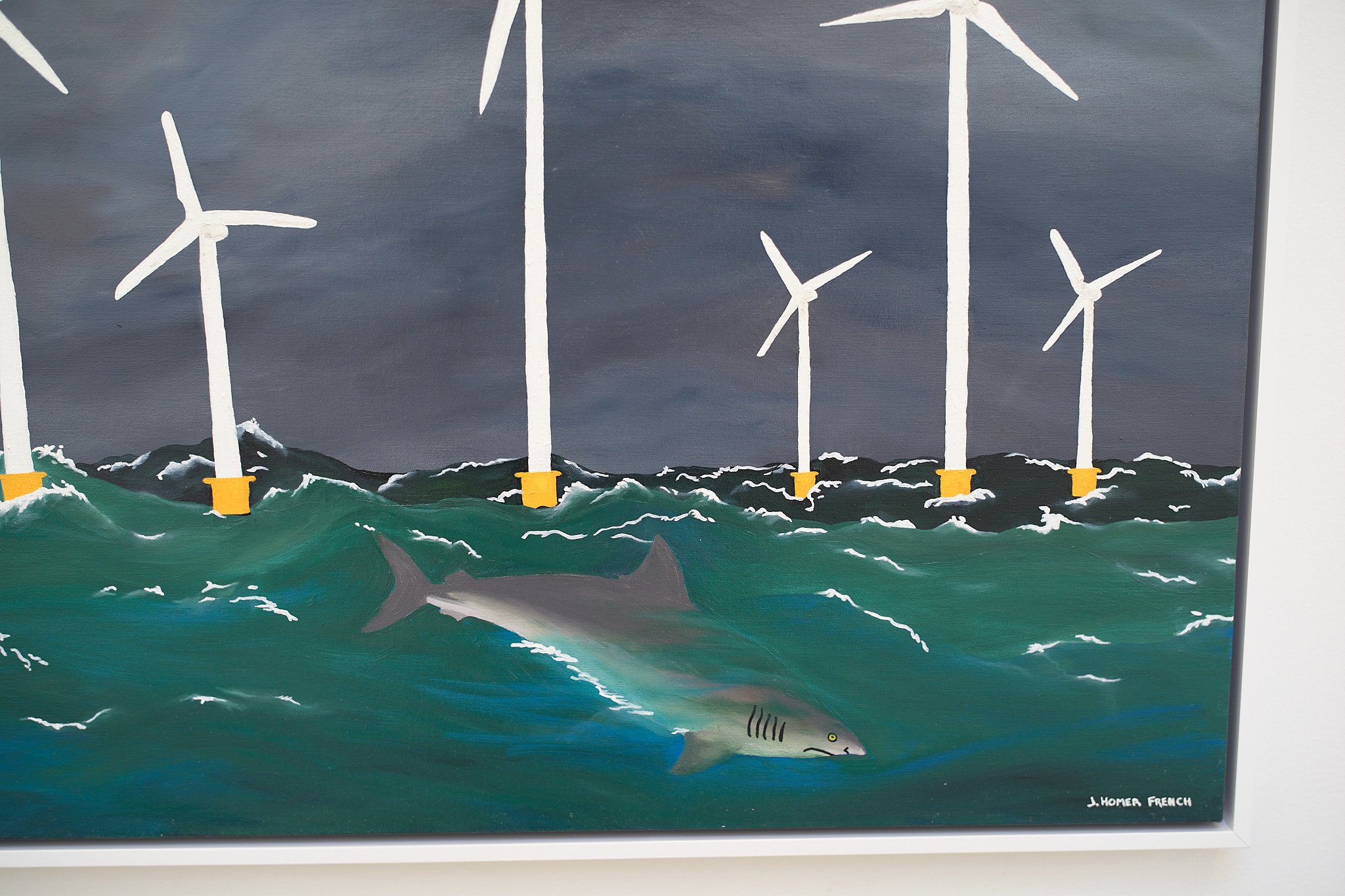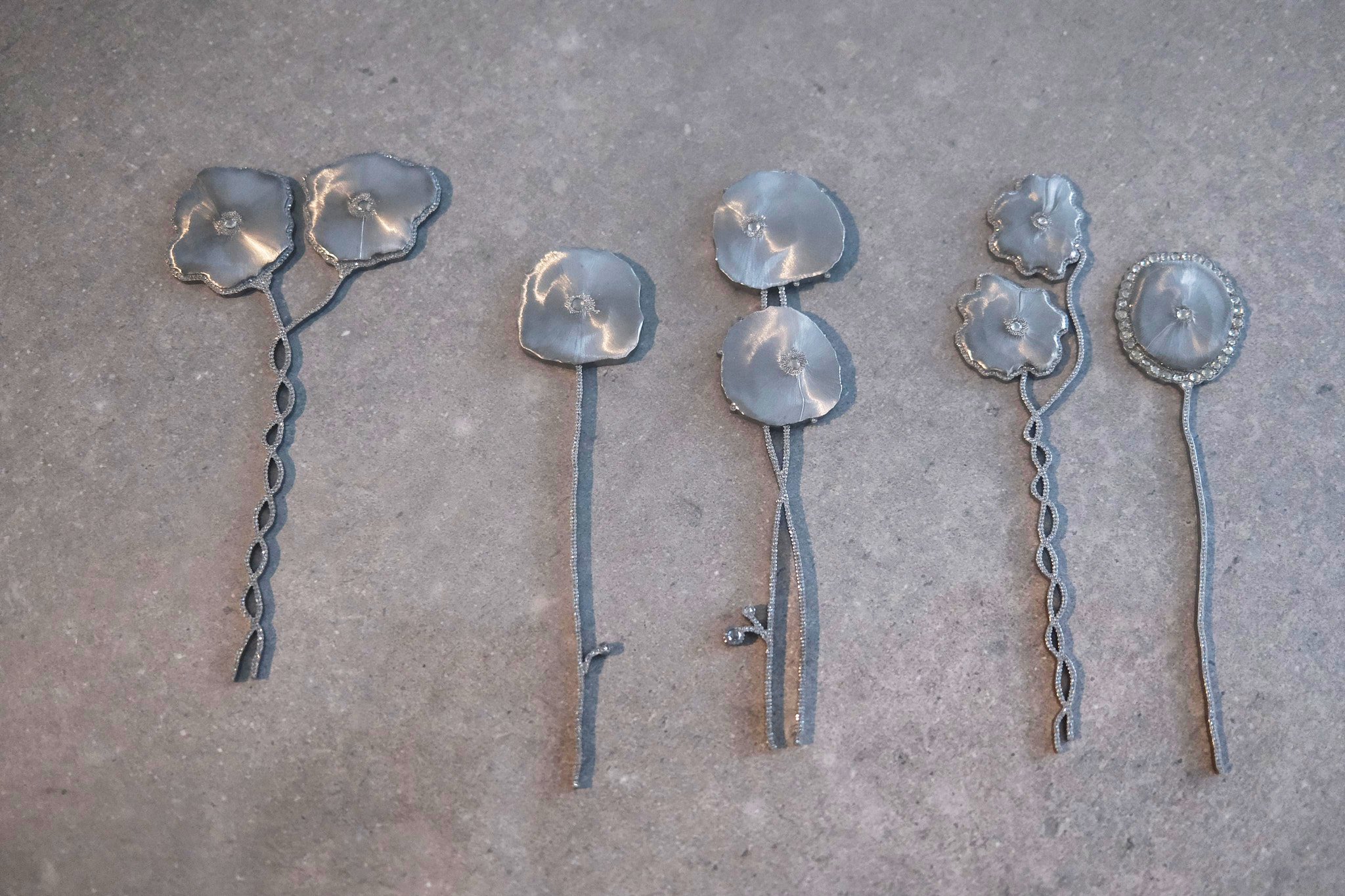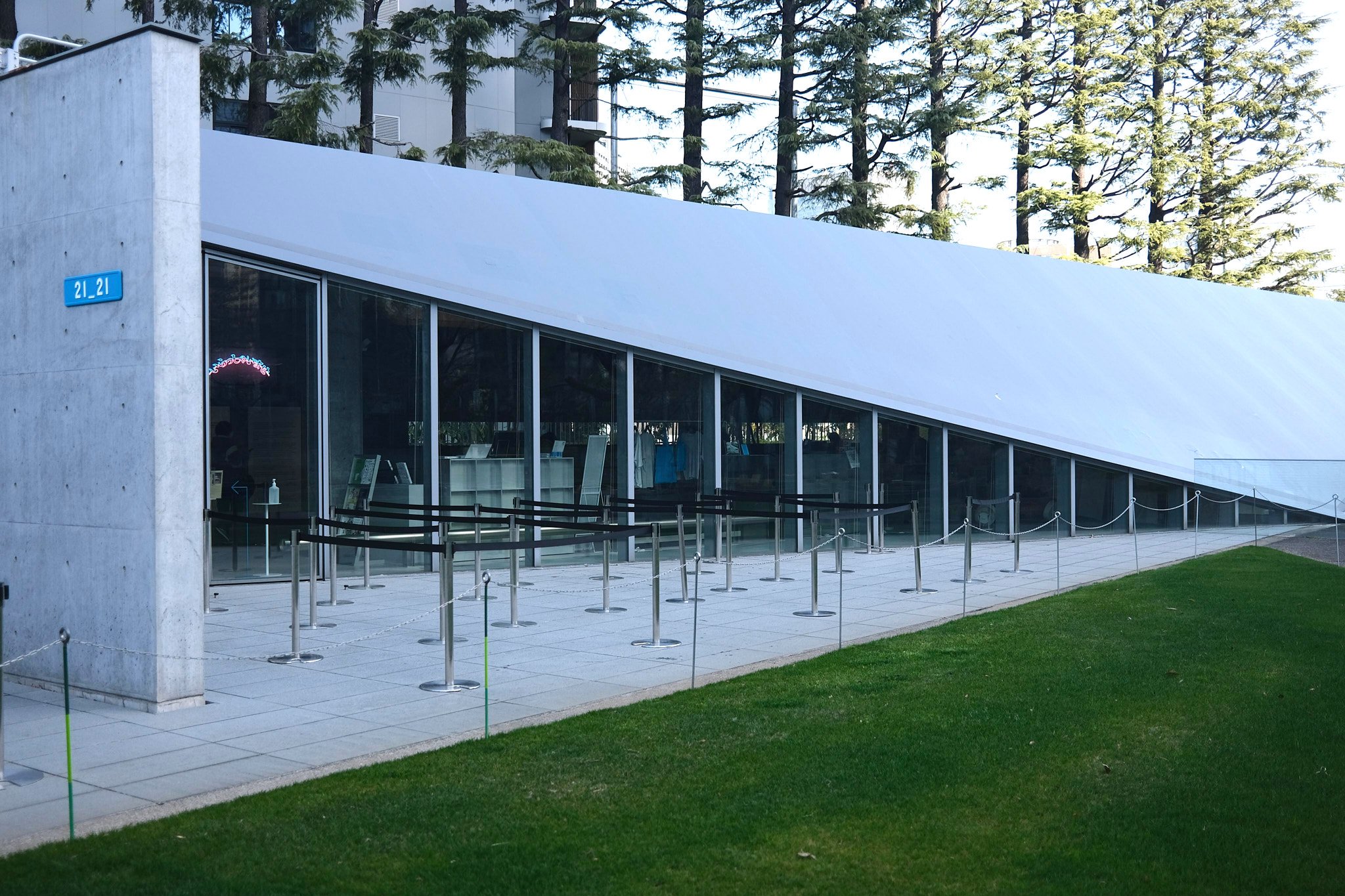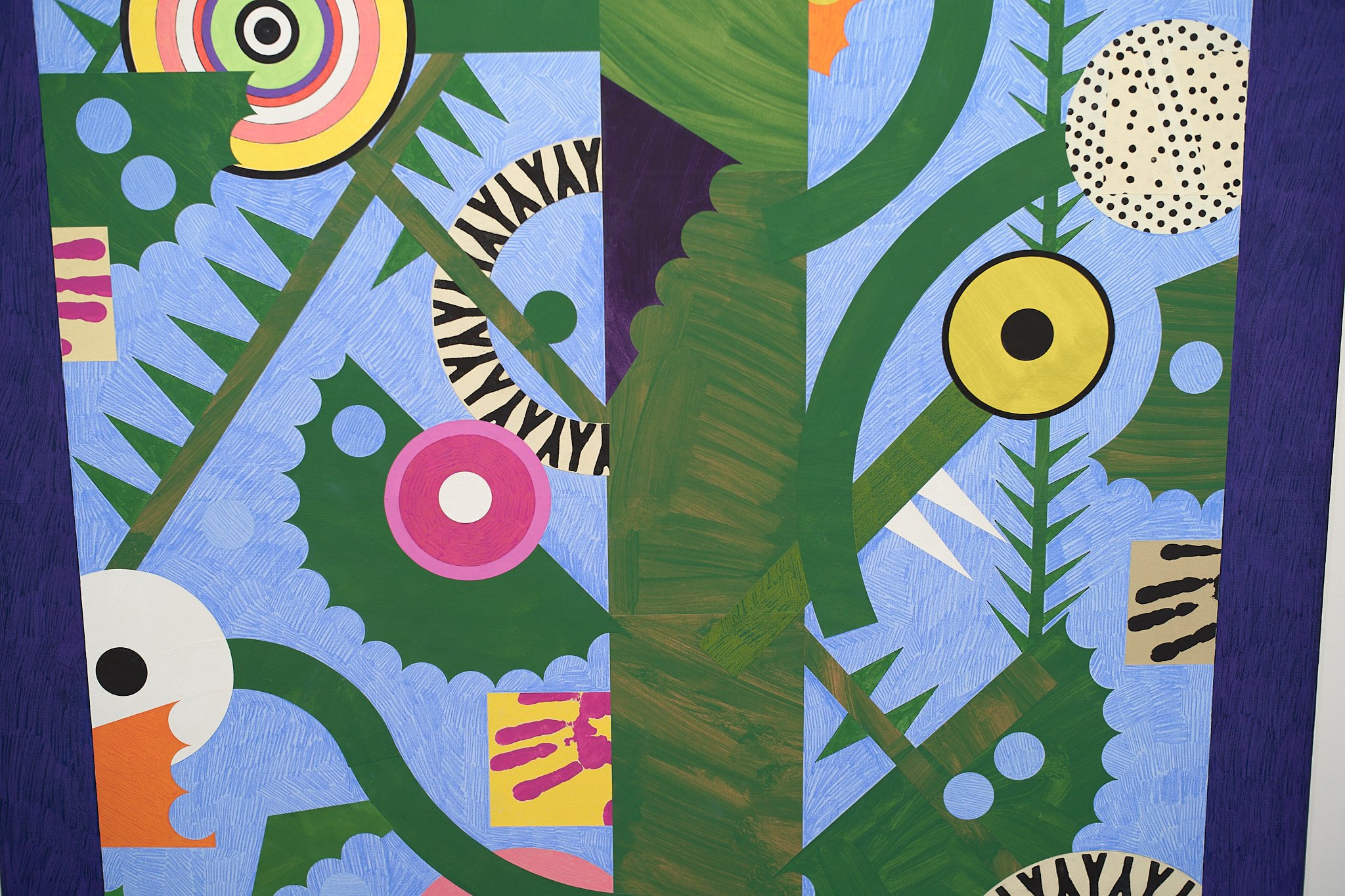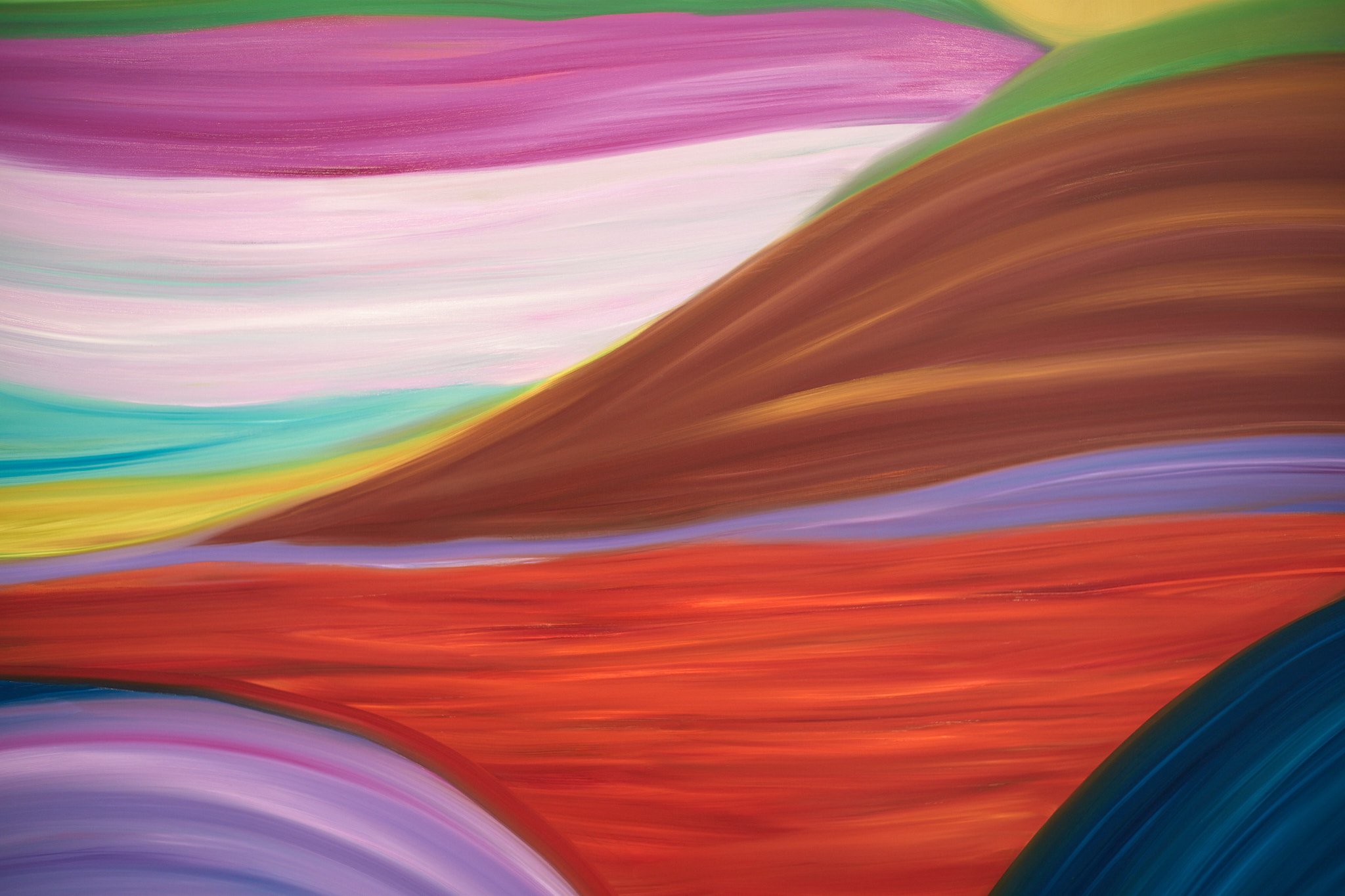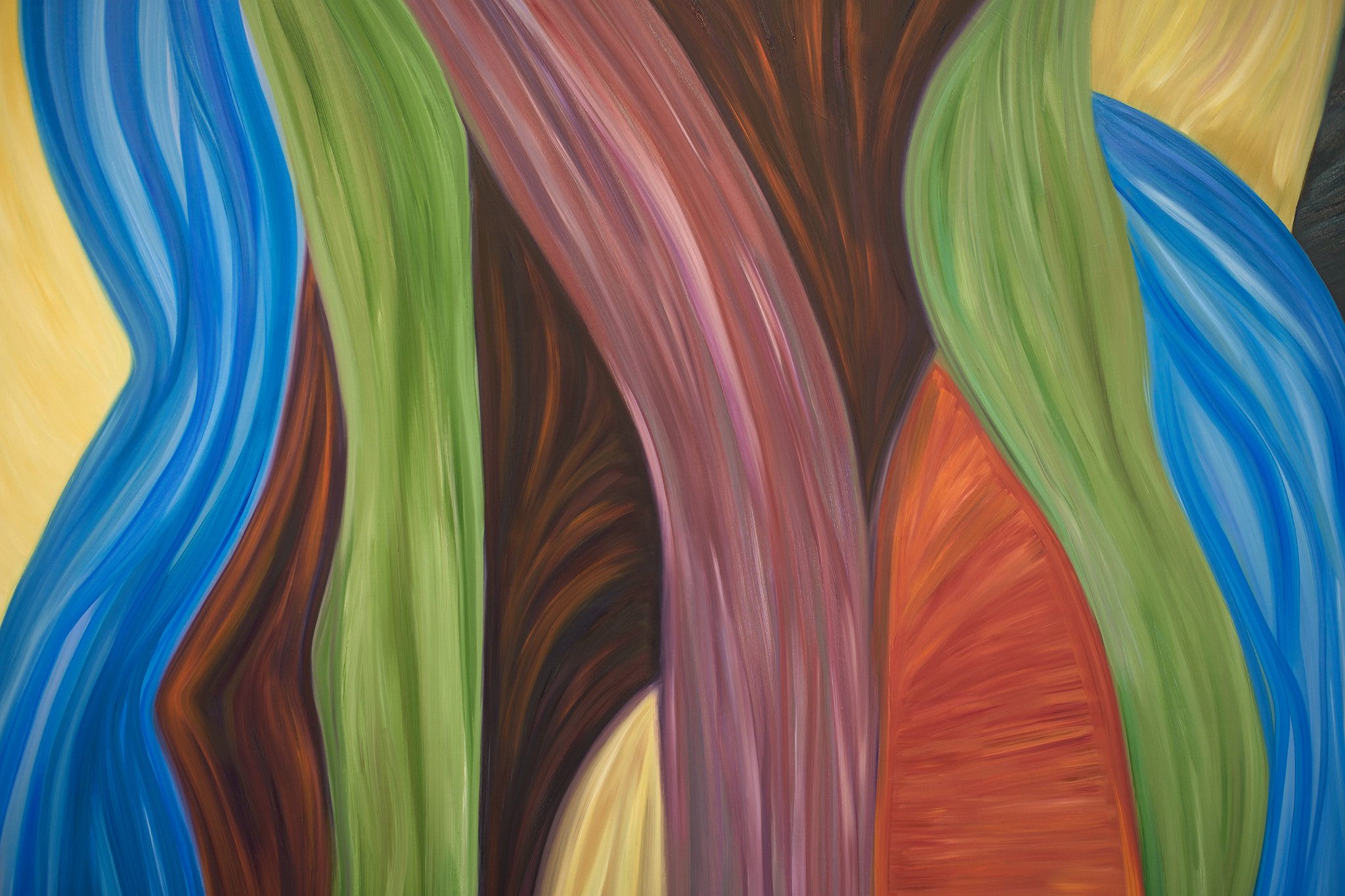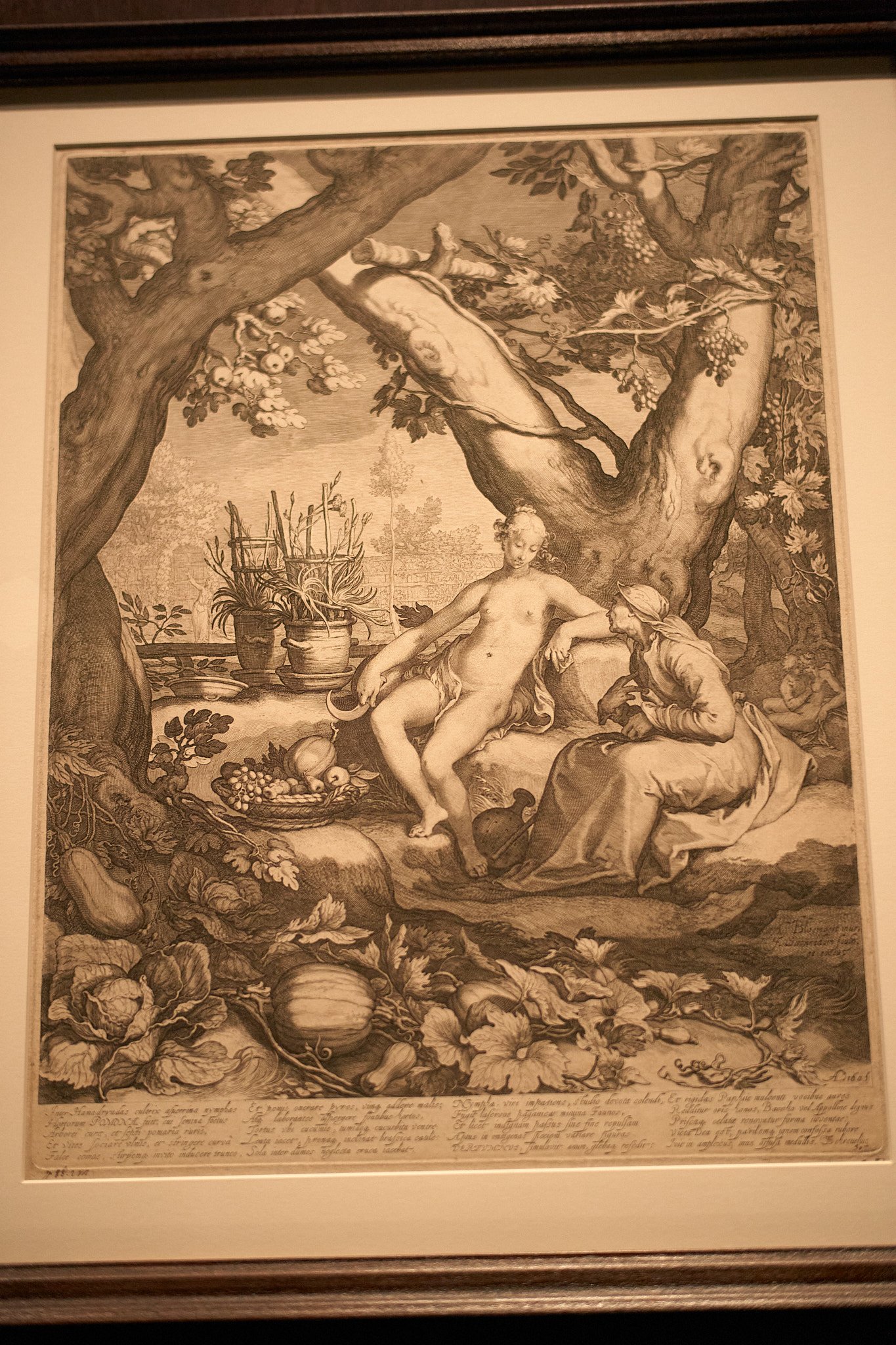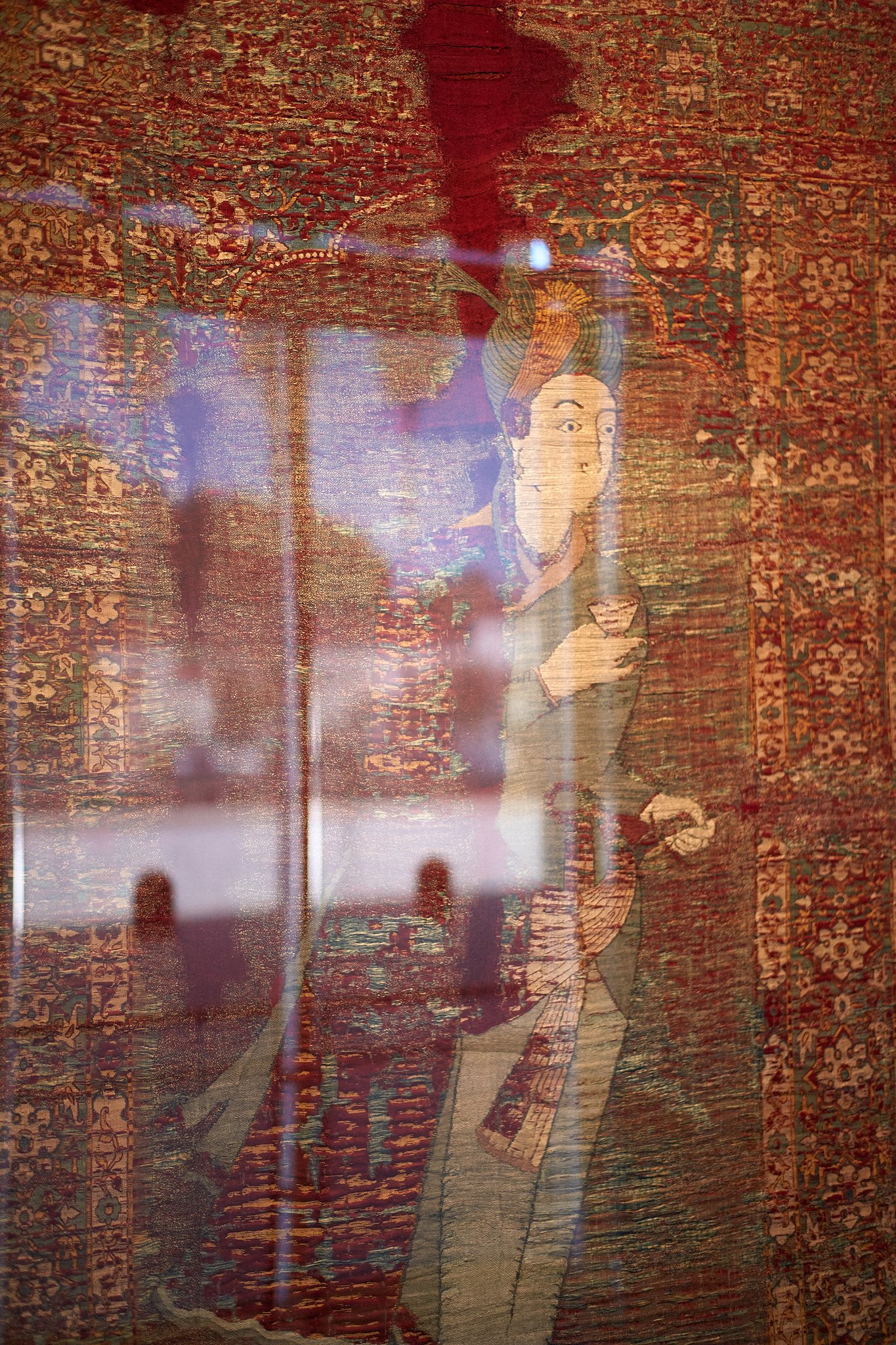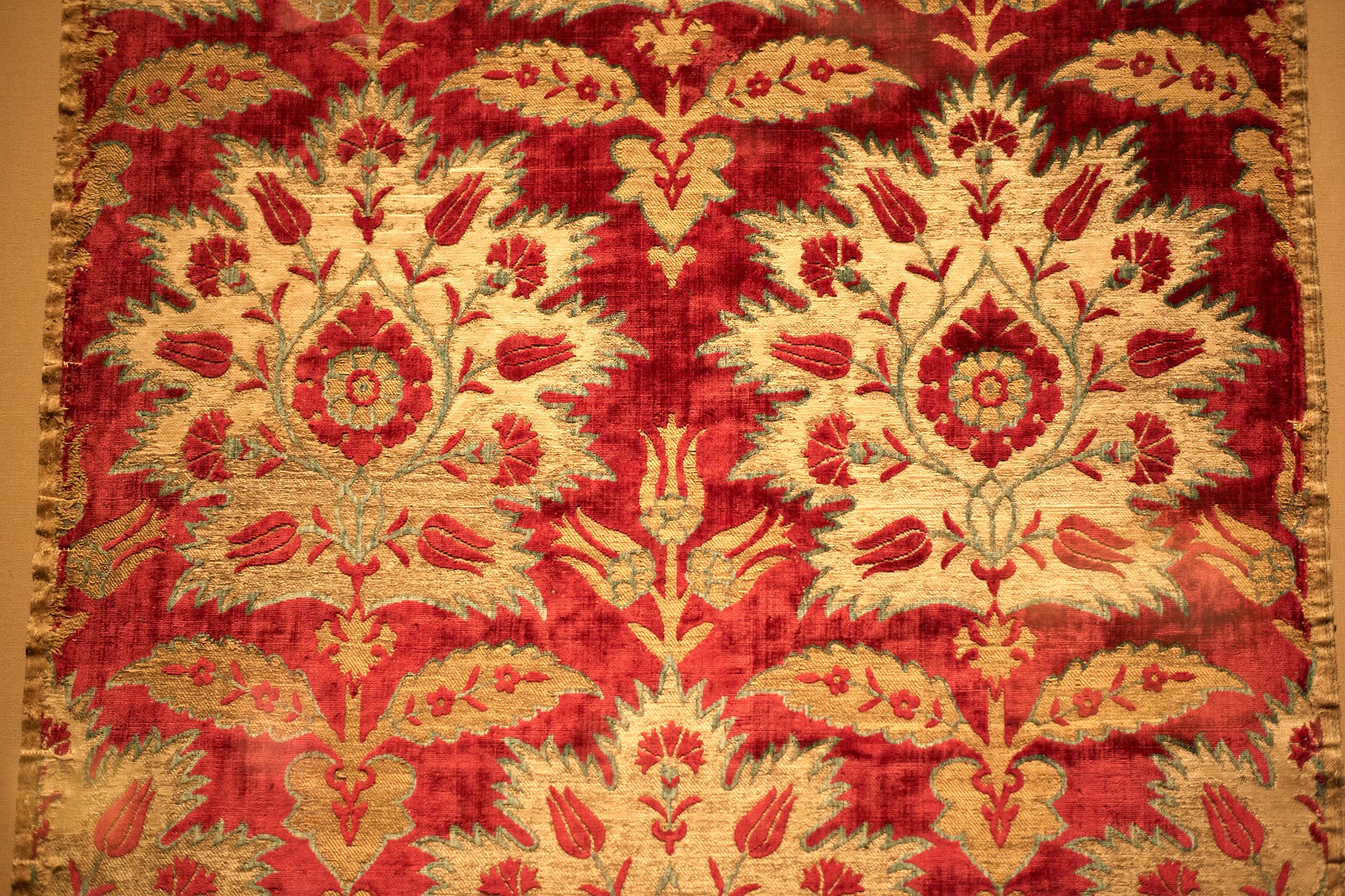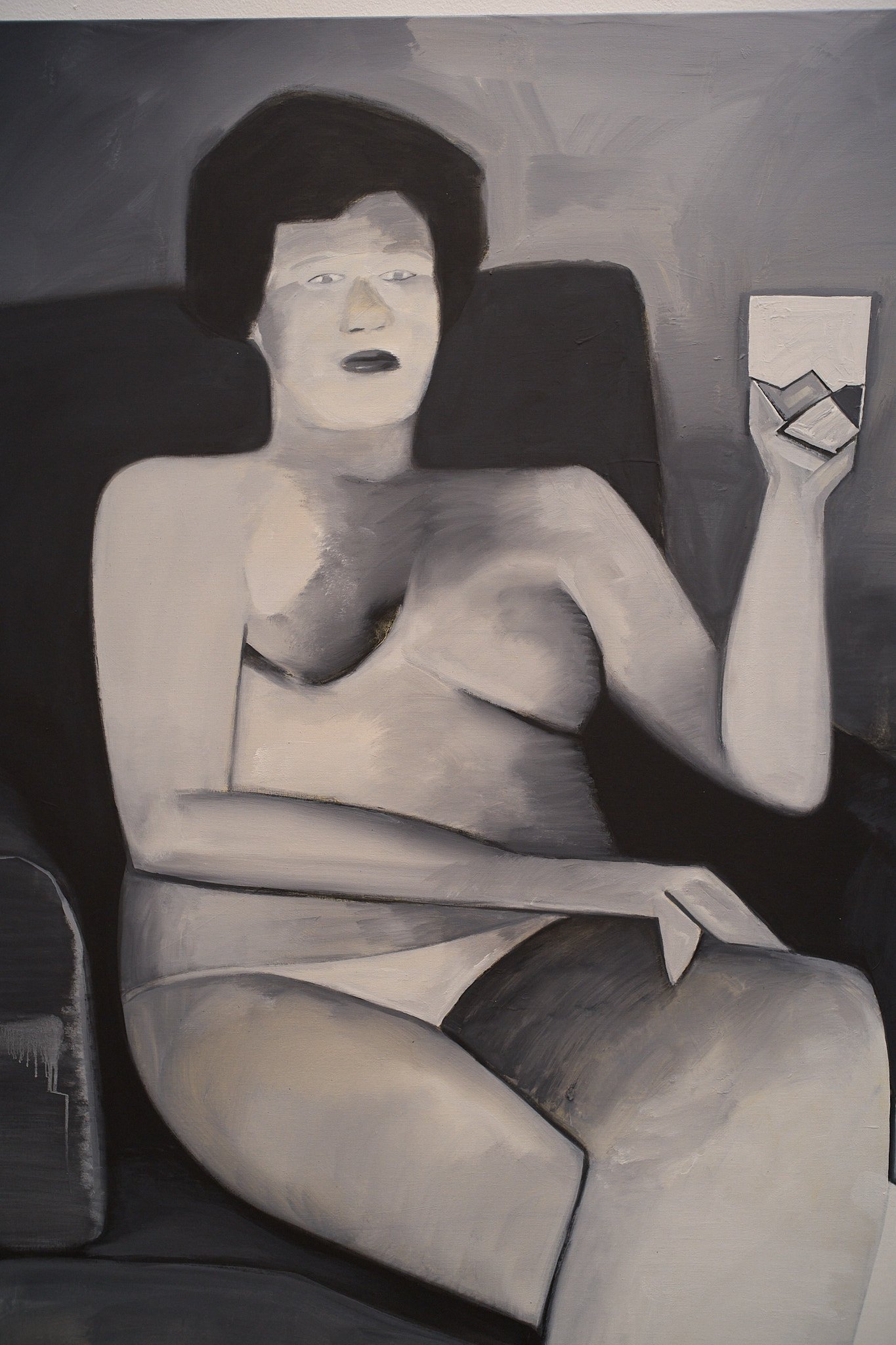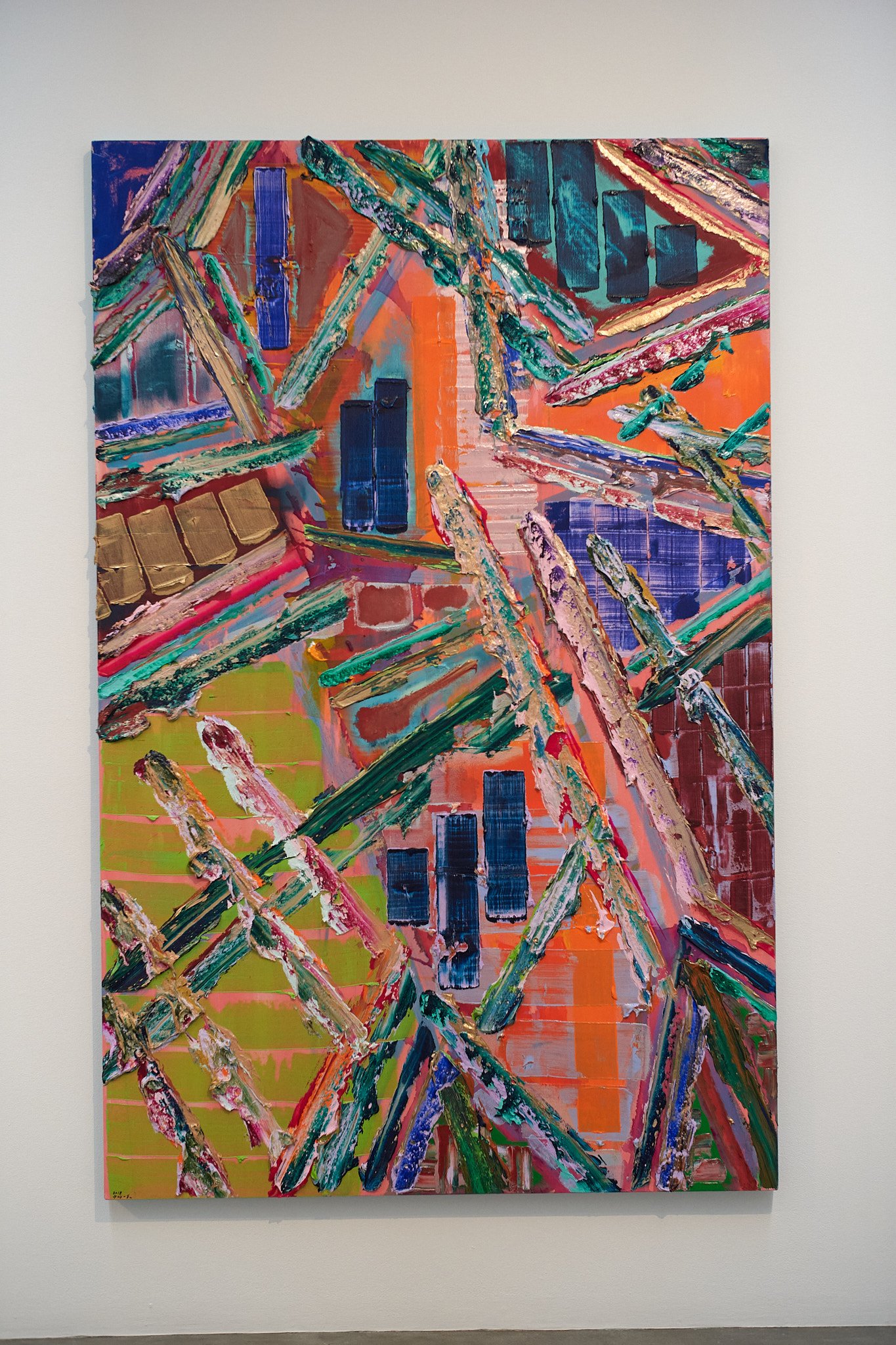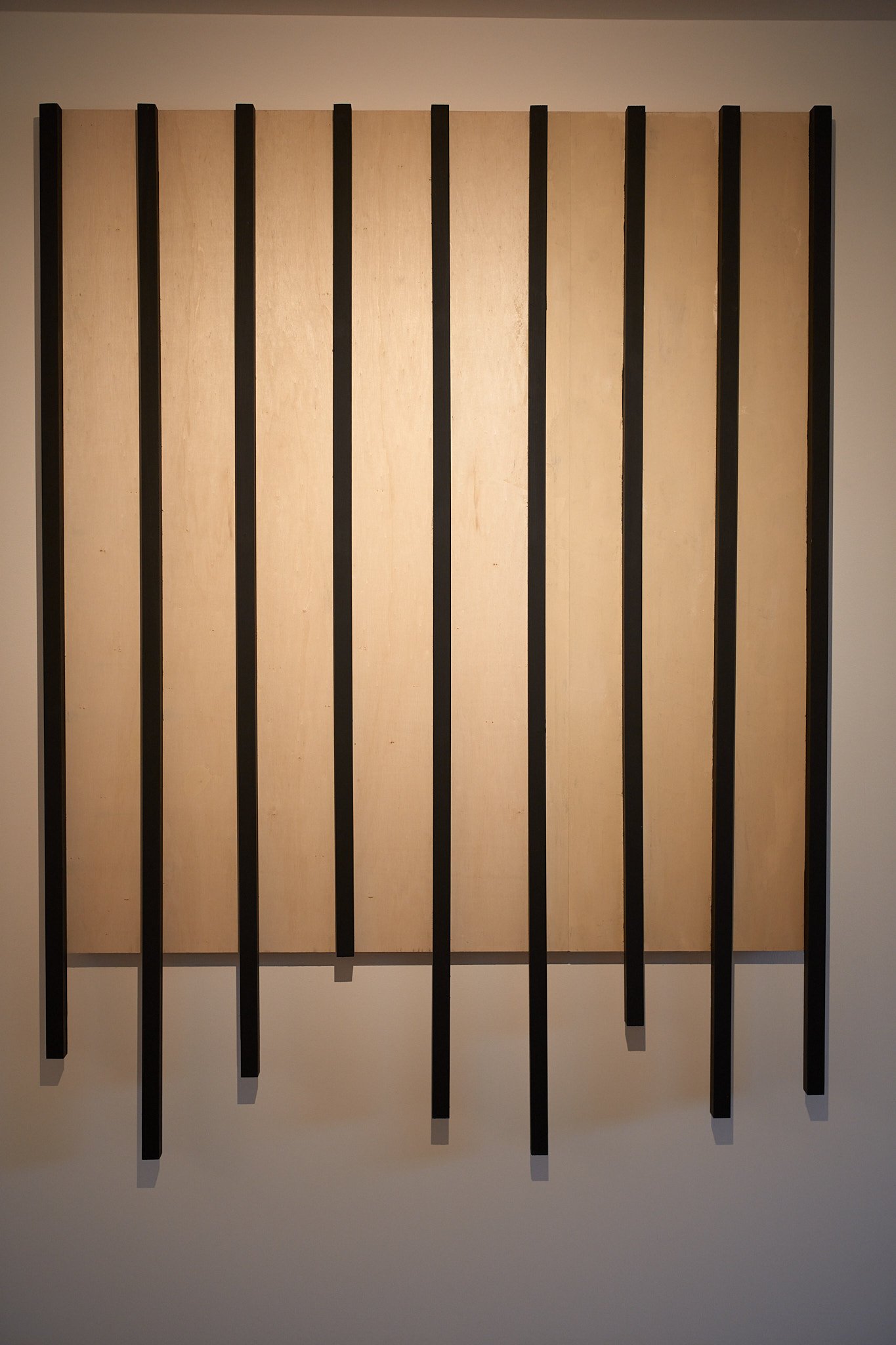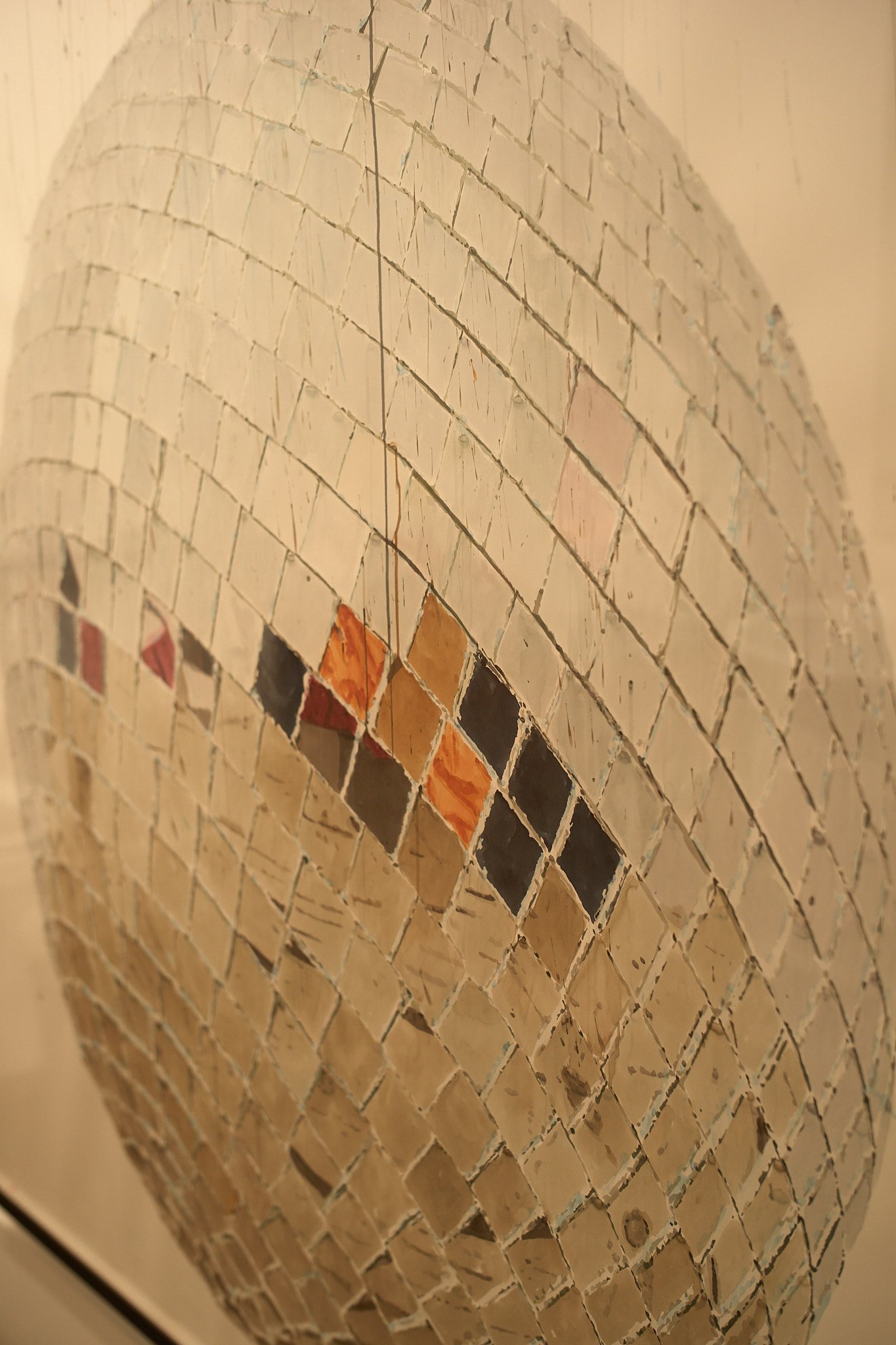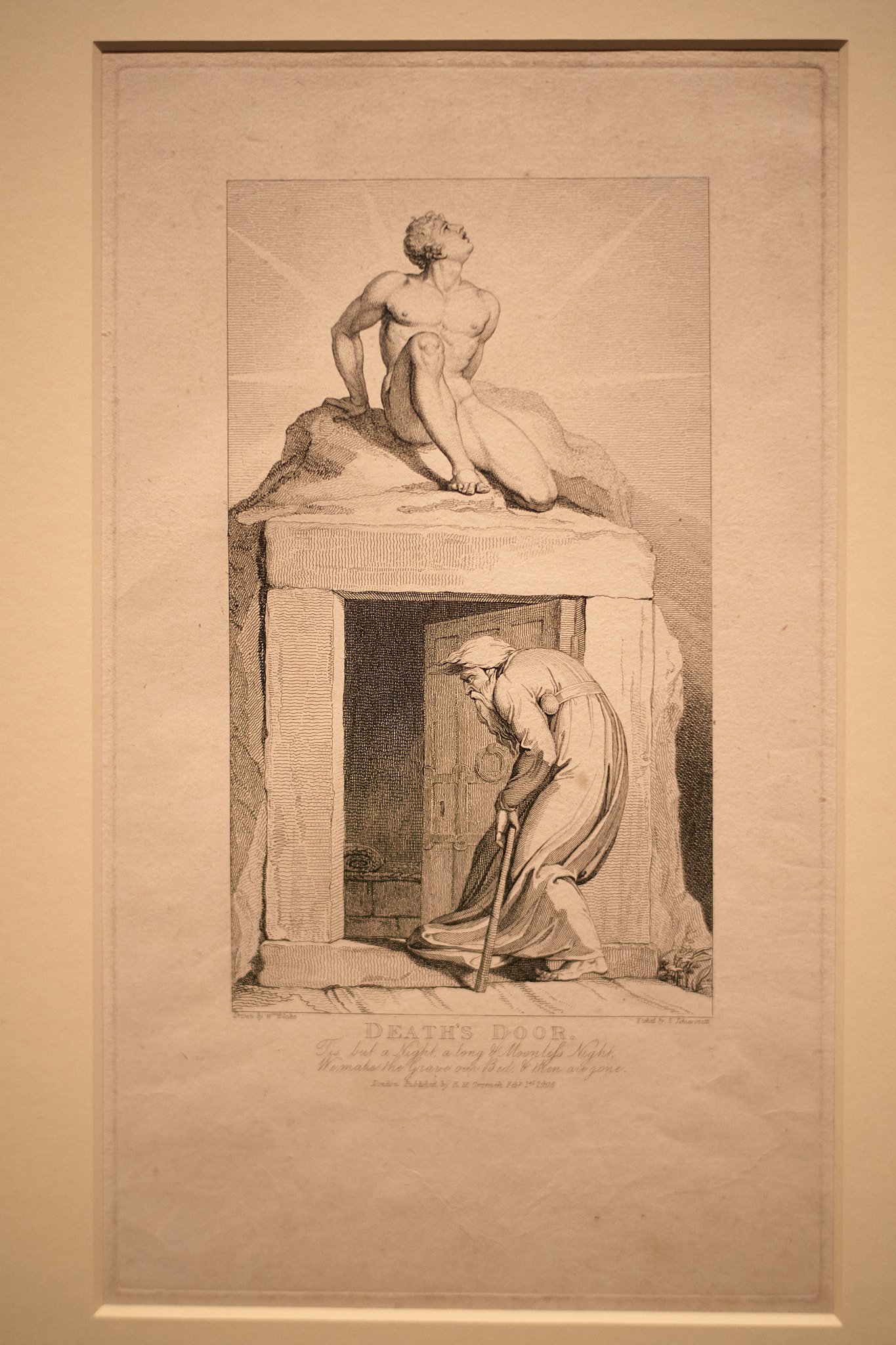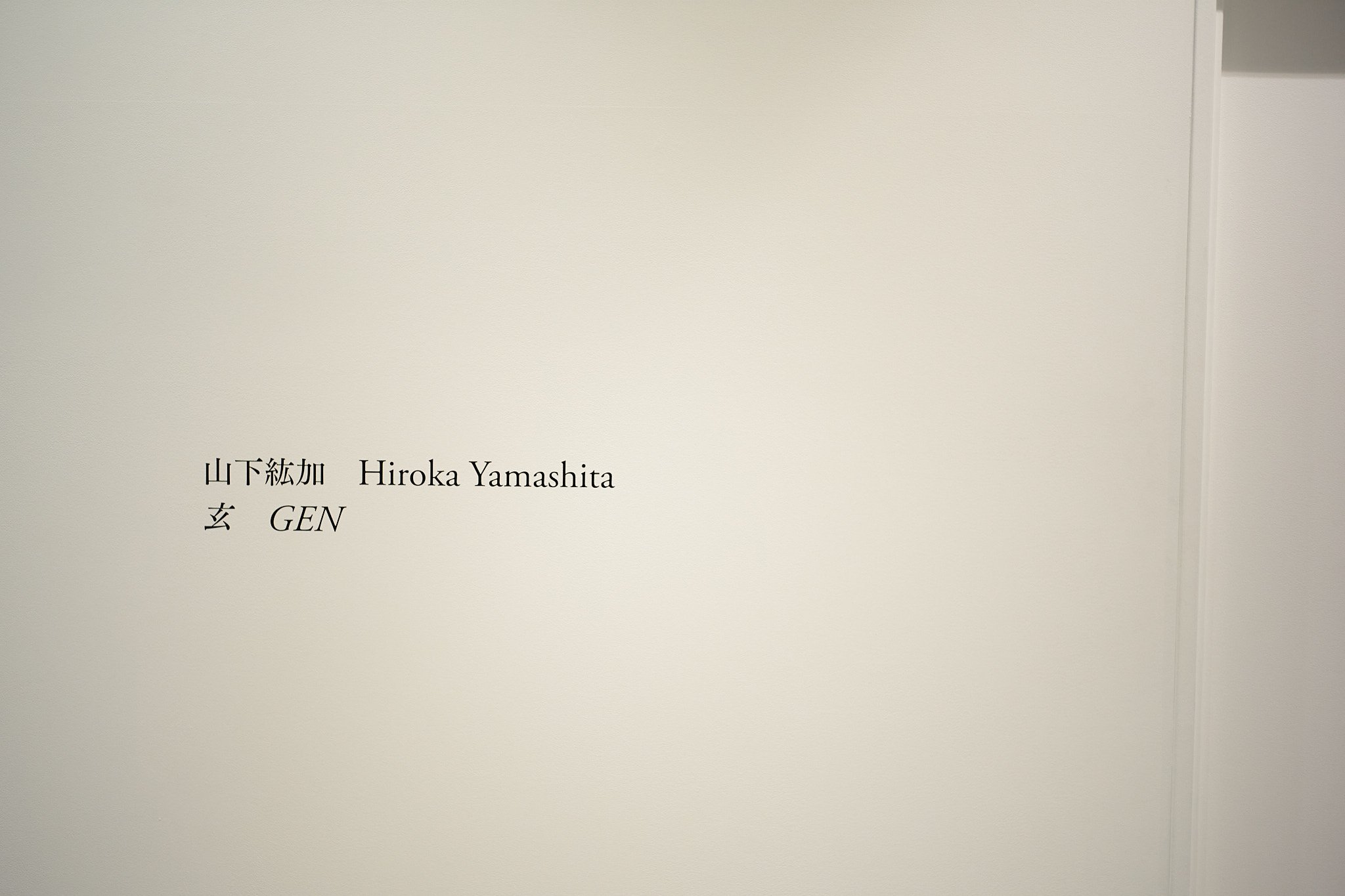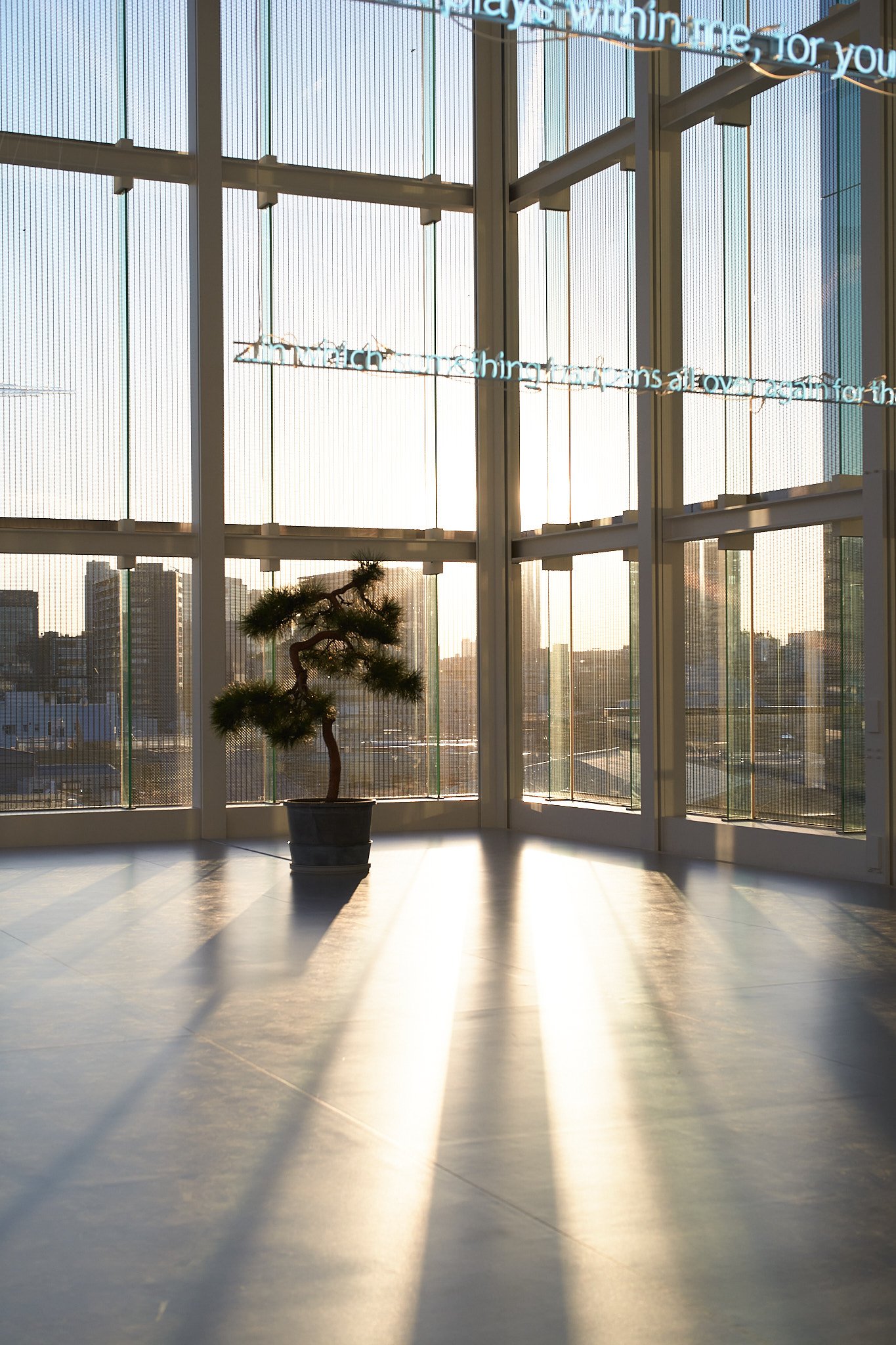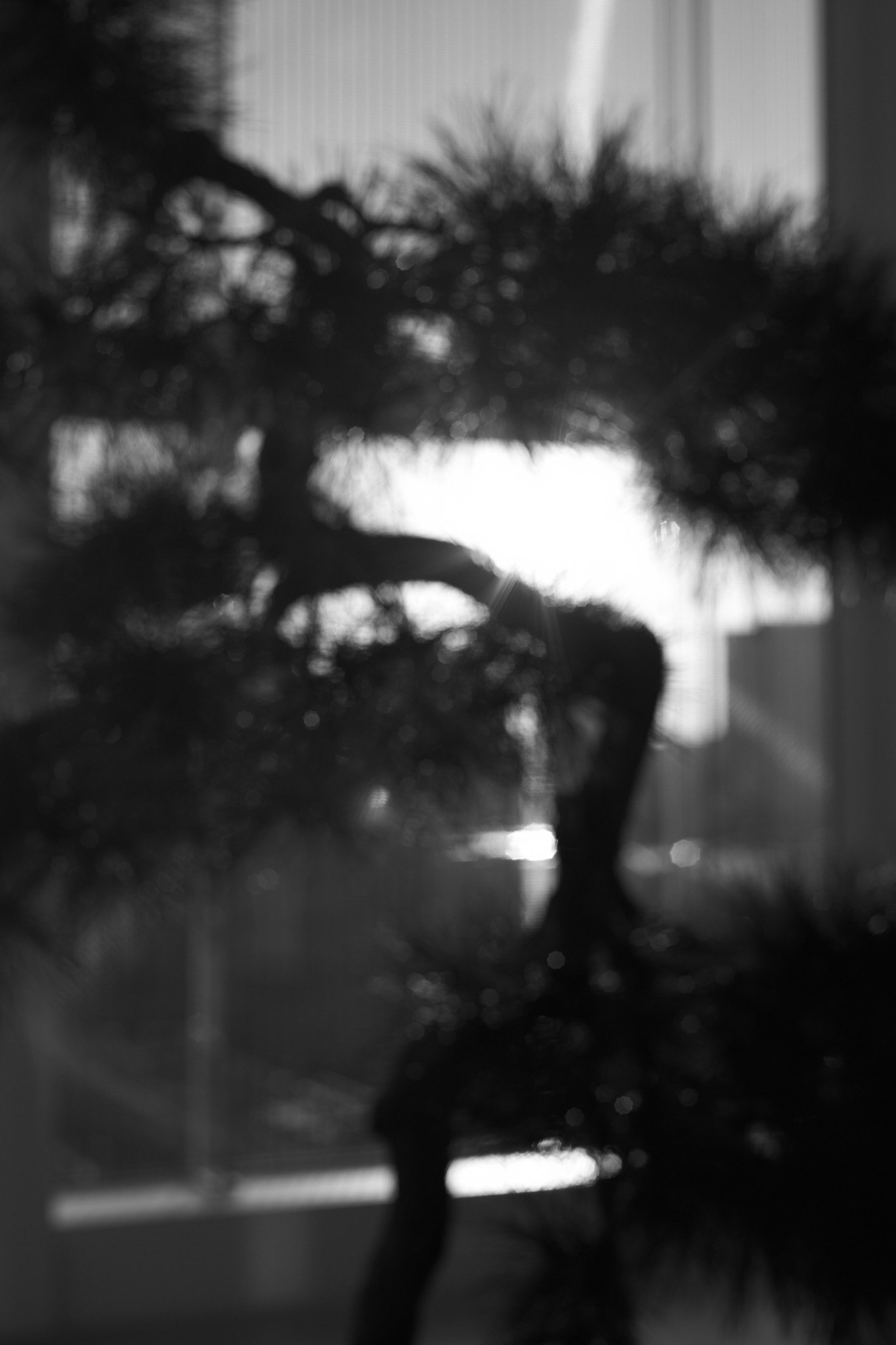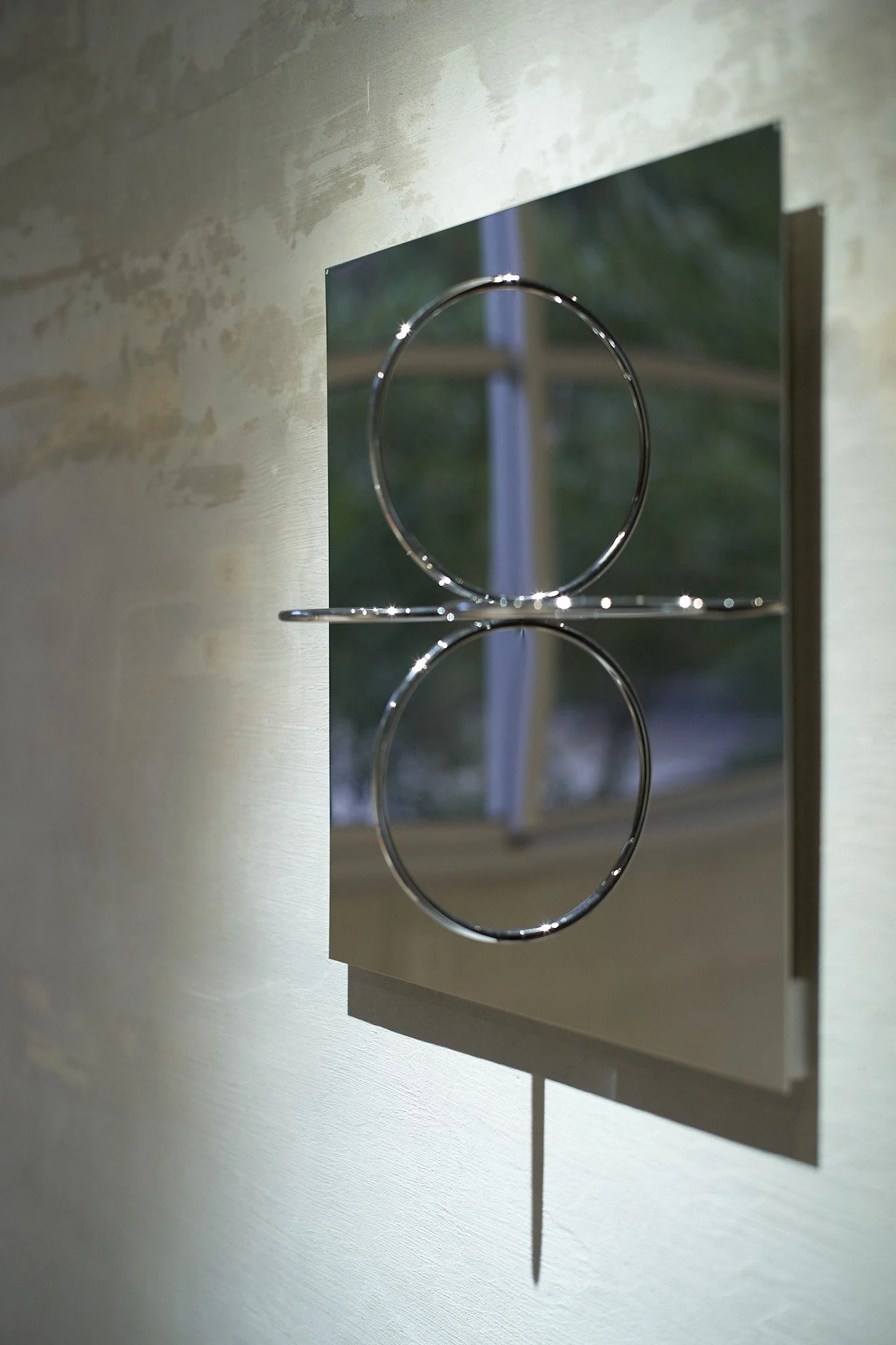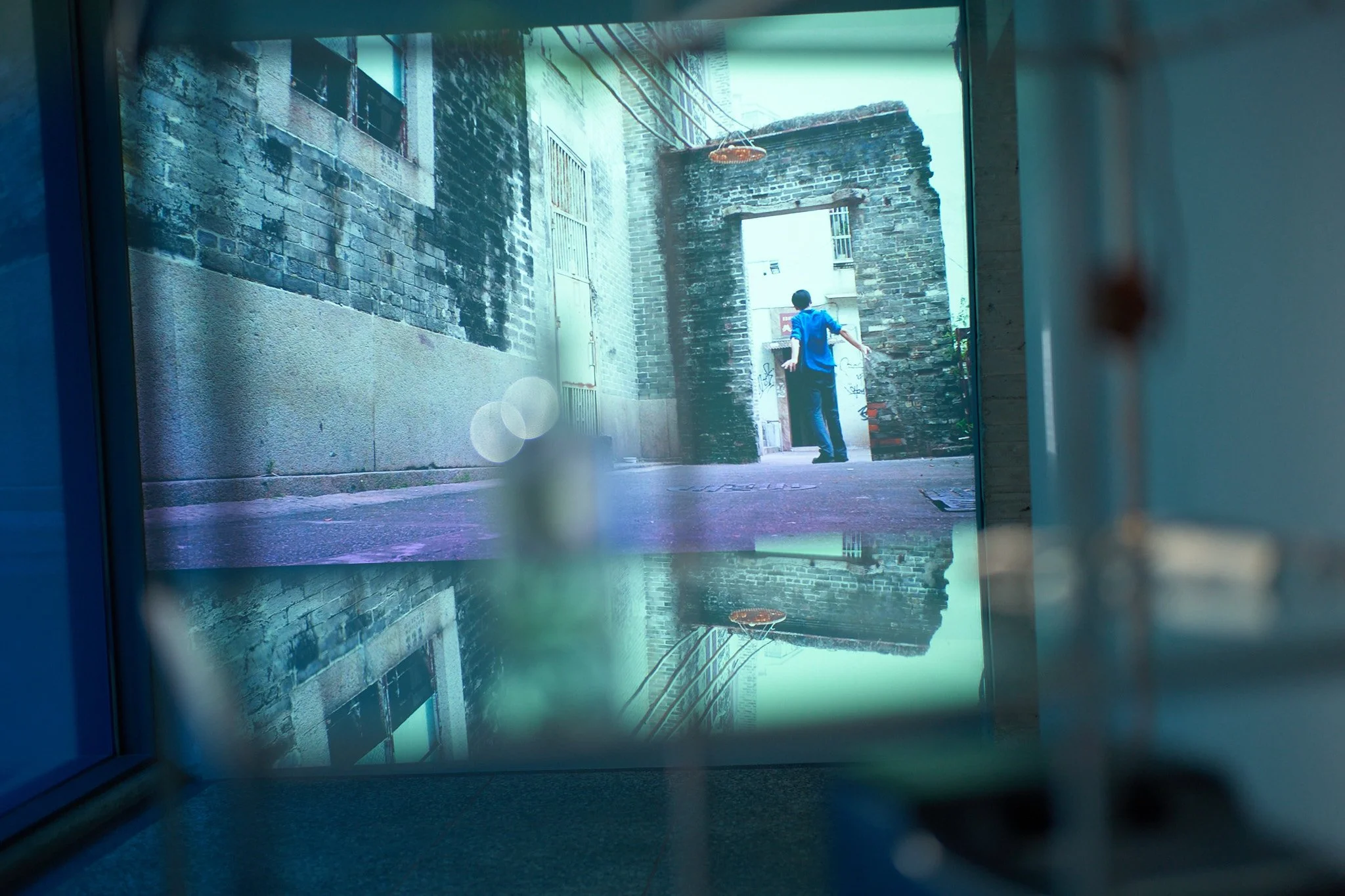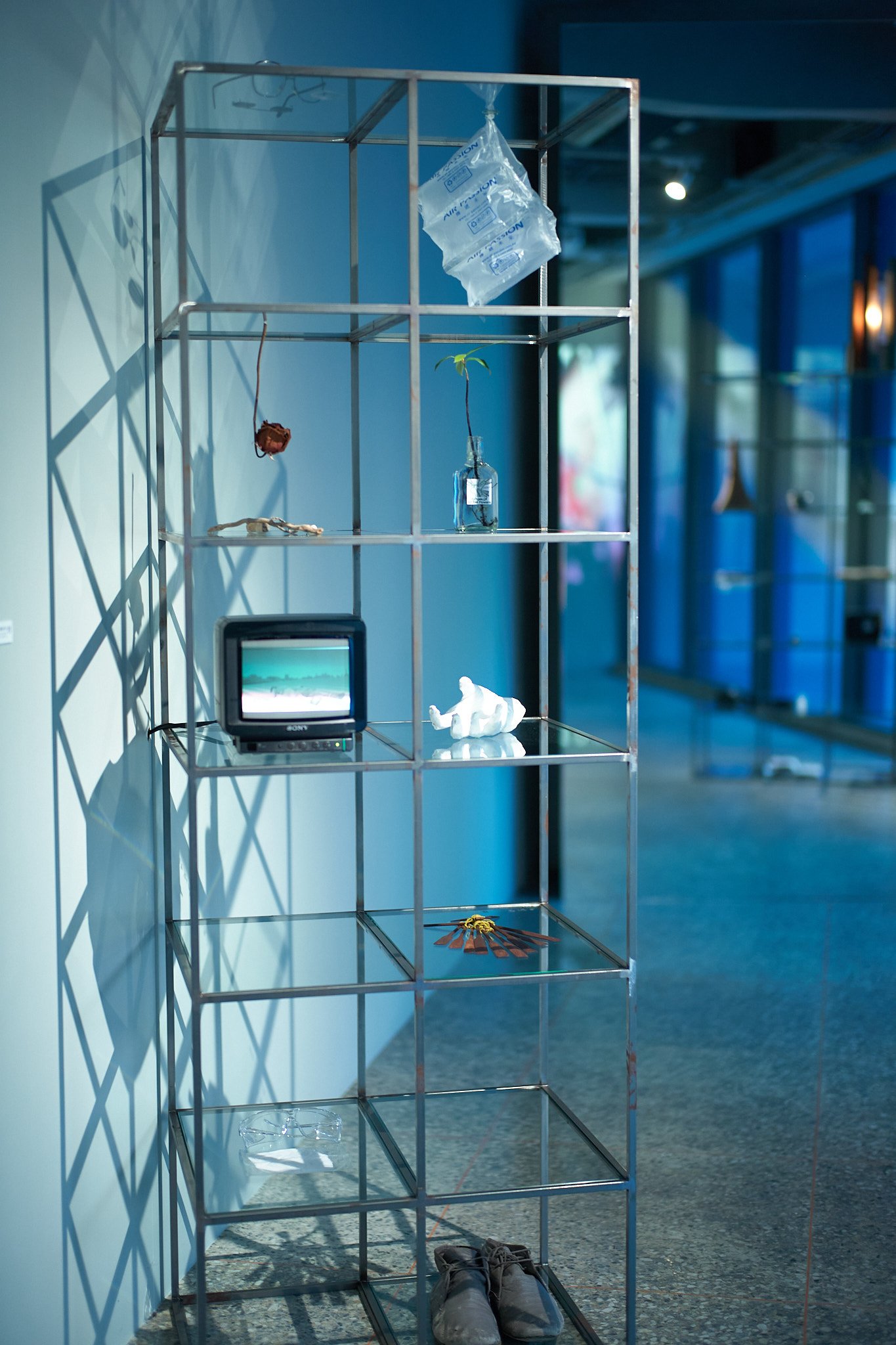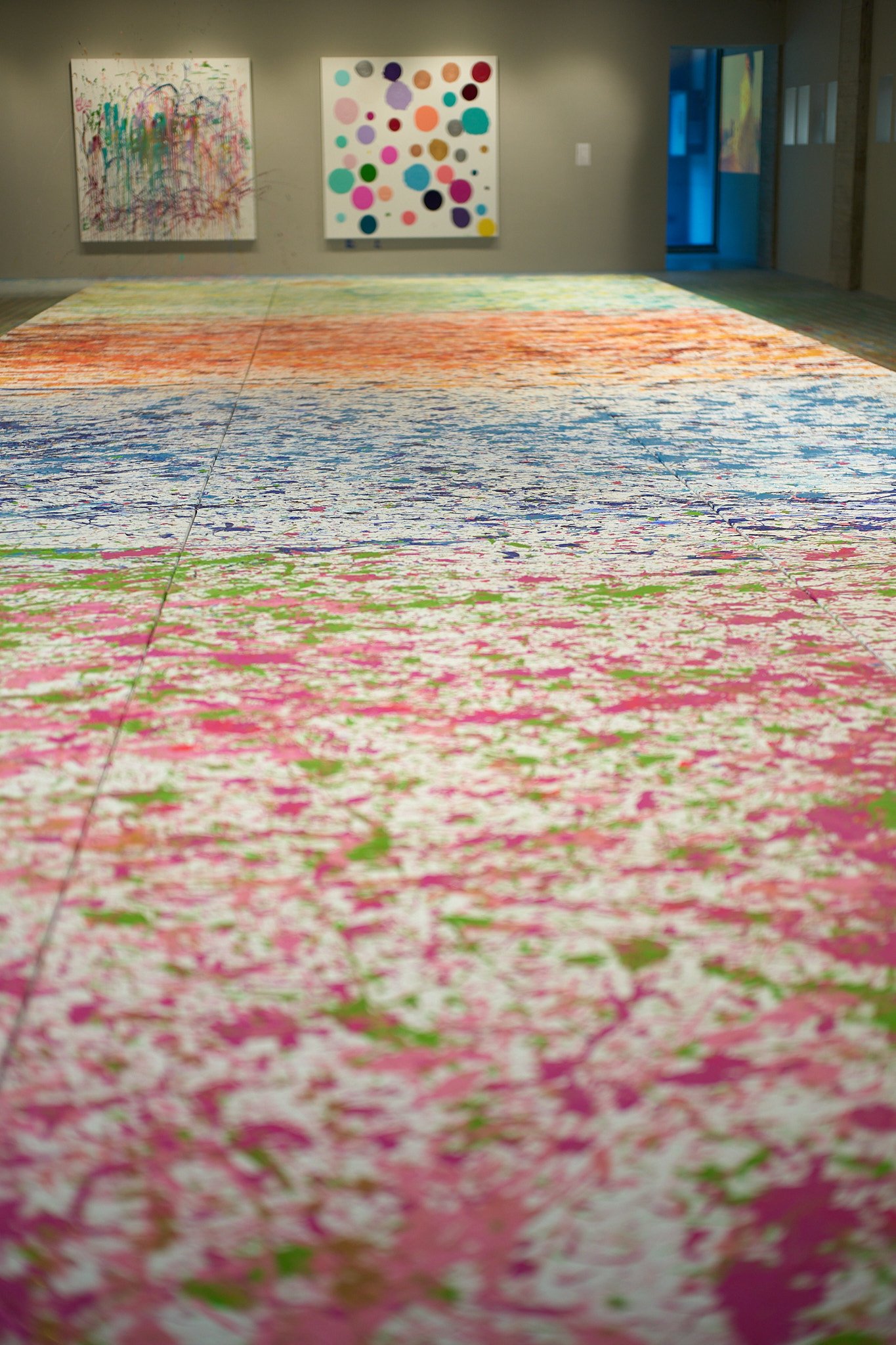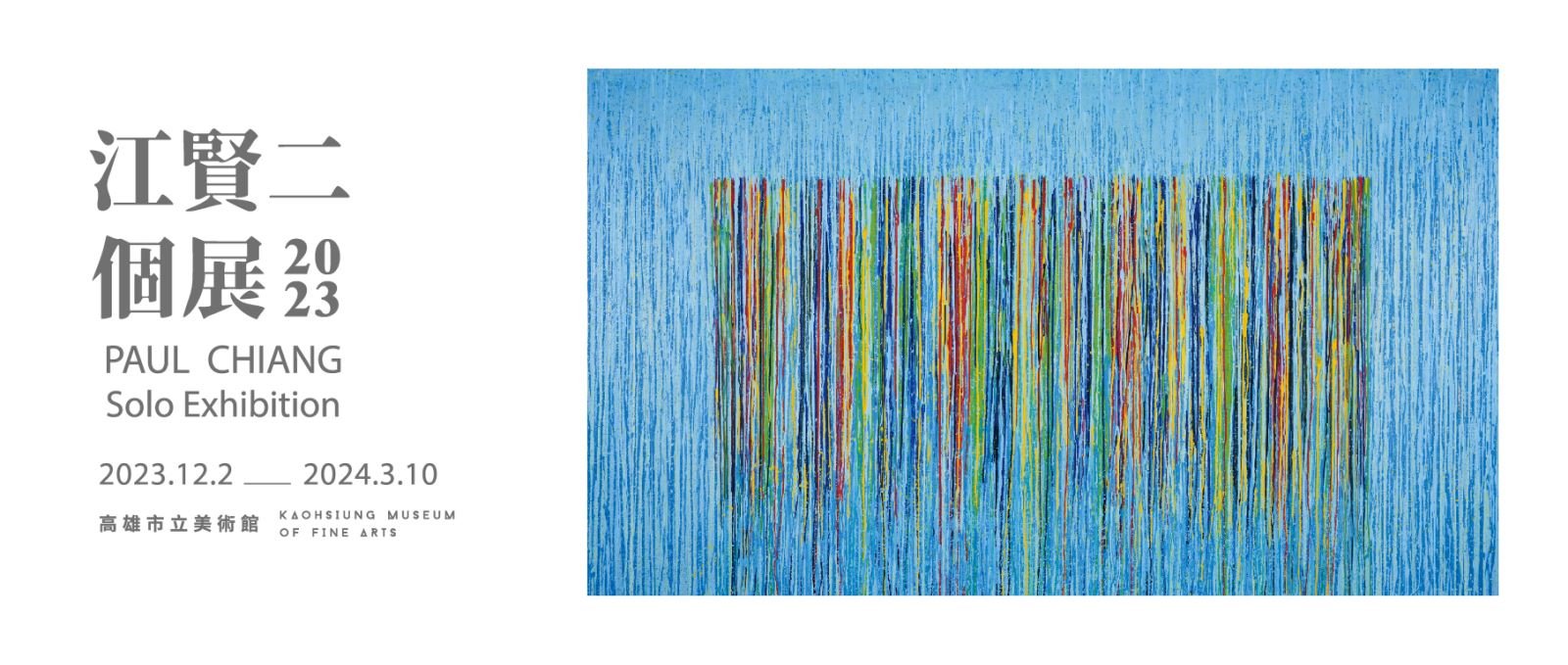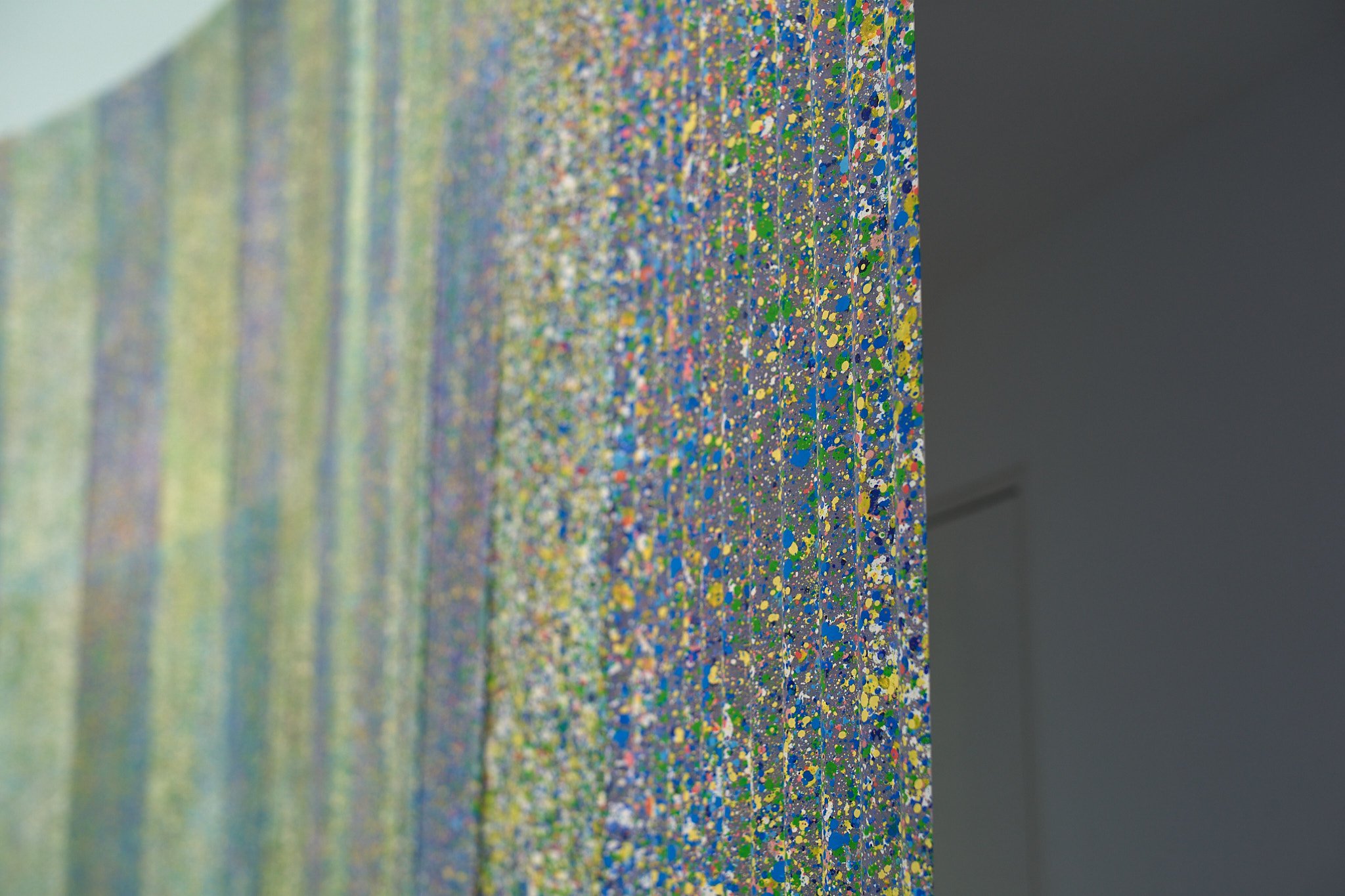Shinya Imanishi: Twinkles / Out of focus
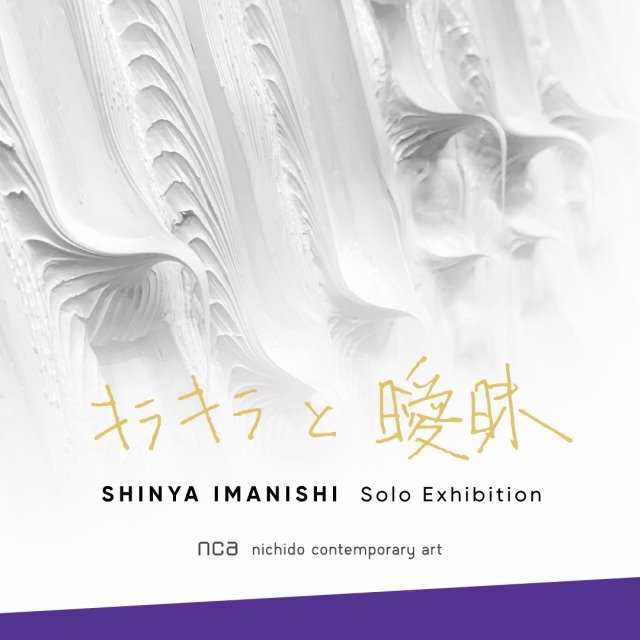
Daniel Brush - Thinking about Monet
21_21 DESIGN SIGHT Gallery 3
9-7-6 Akasaka, Minato-ku
107-0052 Tokyo
Exhibition Period:
2024 Jan 19 (Fri) - Apr 15 (Mon)
*Closed on: Jan 30 (Tue), Feb 13 (Tue), March 11 (Mon)
DAVID KORTY Greensleeves
BEN TONG The Violet Hour
Marina Perez Simão Solanaceae
The World Made Wondrous: The Dutch Collector’s Cabinet and the Politics of Possession
Thirty Years: Written with a Splash of Blood
AKADEMIE X LESSONS IN ART + LIFE - TUTOR: THOMAS LAWSON
AKADEMIE X LESSONS IN ART + LIFE
LESSON 19
TUTOR: Thomas Lawson
Page 178
Artists notice stuff - the way things come together or fall apart, the telling detail or overlooked ruin, the tell-tale gesture. To be an artist, you have to train yourself to pay attention to the world in which you live, constantly looking for clues, always aware of your surroundings. Make notes, try observational drawing or taking photographs, study how things are made. There is no one method here. The task is to find a way to notice the details that make sense to you, the details that will open your eyes to content.
William Blake
Wagner - Das Rheingold
Composed: 1854
Length: c. 150 minutes
Orchestration: piccolo, 3 flutes, 3 oboes, English horn, 3 clarinets, bass clarinet, 3 bassoons, contrabassoon, 8 horns (5th and 6th=tenor Wagner tubas, 7th and 8th=bass Wagner tubas), 3 trumpets, 3 trombones, bass trombone, contrabass trombone, tuba, 2 timpani, percussion (anvils, cymbals, hammer, tam-tam, triangle), 7 harps, strings, and vocal soloists
https://www.laphil.com/musicdb/pieces/6767/das-rheingold
William Blake, Getty Center
Hiroka Yamashita “玄 GEN” Taka Ishii Gallery
The Espace Louis Vuitton Tokyo - L>espace)(…Cerith Wyn Evans
AKADEMIE X LESSONS IN ART + LIFE - TUTOR: Chris Kraus
AKADEMIE X LESSONS IN ART + LIFE
LESSON 18
TUTOR: Chris Kraus
Page 170
Whereas modernism believed that the artist’s life held all the magic keys to reading works of art, neo-conceptualism has cooled this off and corporatized it. The artist’s own biography doesn’t matter much at all. What life? The blanker the better. The life experience of the artist, if channeled into the artwork, can only impede art’s neo-corporate, neo-Conceptual purpose. It is the biography of the institution that we want to read.
Reviewing dOCUMENTA (13) in New York Magazine, Jerry Saltz coins the term ‘Post Art’ to describe work that ‘doesn’t even see art as separate from living…things that aren’t artworks so much as they are about the drive to make things that, like ar, embed imagination in material and grasp that creativity is a cosmic force…A chemist or a general may be making Post Art every day at the office.”
From Academic Emulation toward Romantic Originality
History of Modern Art, seventh edition, H.H. Arnason Elizabeth C. Mansfield, Chapter 1, page 4
The emphasis on emulation as opposed to novelty begun to lose ground toward the end of the eighteenth century when a new weight was given to artistic invention. Increasingly, invention was linked with imagination, that is to say, with the artist’s unique vision, a vision unconstrained by academic practice and freed from the pictorial conventions that had been obeyed since the Renaissance. This new attitude underlies the aesthetic interests of Romanticism. Arising in the last years of the eighteenth century and exerting its influence well into the nineteenth, Romanticism exalted humanity's capacity for emotion. In music, literature, and the visual arts, Romanticism is typified by an insistence on subjectivity and novelty. Today, few would argue that art is the simply the consequence of creative genius. Romantic artists and theorists, however, understood art to be the expression of and individual’s will to create rather than a product of particular cultural as well as personal values. Genius, for the Romantics, was something possessed innately by the artist: It could not be learned or acquired. To express genius, then, the Romantic artist had to resist academic emulation and instead turn inward, toward making pure imagination visible. The British painter and printmaker William Blake (1757-1827) typifies this approach to creativity.
Akademie X: Lessons in Art + Life
from AKADEMIE X - LESSONS IN ART + LIFE
Tutor: Katharina Grosse
Lesson: The Artist as a Link Among other Links
how I see the world: I do not see borders - not between foreground or background, nor between the visible and the invisible. I do not perceive the world through its recognizable forms, but through its possible appearances. I see the world as it is - as illusion.
I realized that thinking is performative and therefore thoughts project space. I change the world by thinking about it in different ways and by giving space to these thoughts. Therefore I can actively create past, present and future and let them happen at the same time.
Akademie X: Lessons in Art + Life
Tutor: Dan Graham
Lesson: Art Schools at Their Best and Worst
BEST
Visiting artists: Lectures and studio visits
Class trips.
Availability of video, film and audio equipment with technicians
Practical training in areas such as graphic design.
Good libraries
WORST
The emphasis, since the 1980s, on making art as a specialist professional ‘career’ rather than as a passionate experiment.
The obsession with the artist as a future ‘art star’.
The obsession with making an academic rationale for art, a good example being the overuse of the world ‘problematize’.
Teaching only the contemporary art that is found in the art magazines in the library.
ALIEN Art Centre - Kaohsiung, Taiwan
ALIEN ART CENTRE
No. 111, Gushan 1st Rd., Gushan Dist., Kaohsiung City 804, Taiwan
/ Responsive Vision
Getulio Alviani
2023.12.02-2024.10.27
/ Video Sandbox V:Remigrate
Hu Ching Chuan
2023.11.24-2024.01.12
/ Leave a message
Wu Nien-Jen 、Shao Yung-Tien、Chou Shu-Yi、Joyce Ho、Fangyi Liu
2023.08.09-2024.09.01
/ Crossing
Kingsley Ng, Stephanie Cheung
Always On
/ Corinth Canal, The Diamond
James Turrell
Always On



















